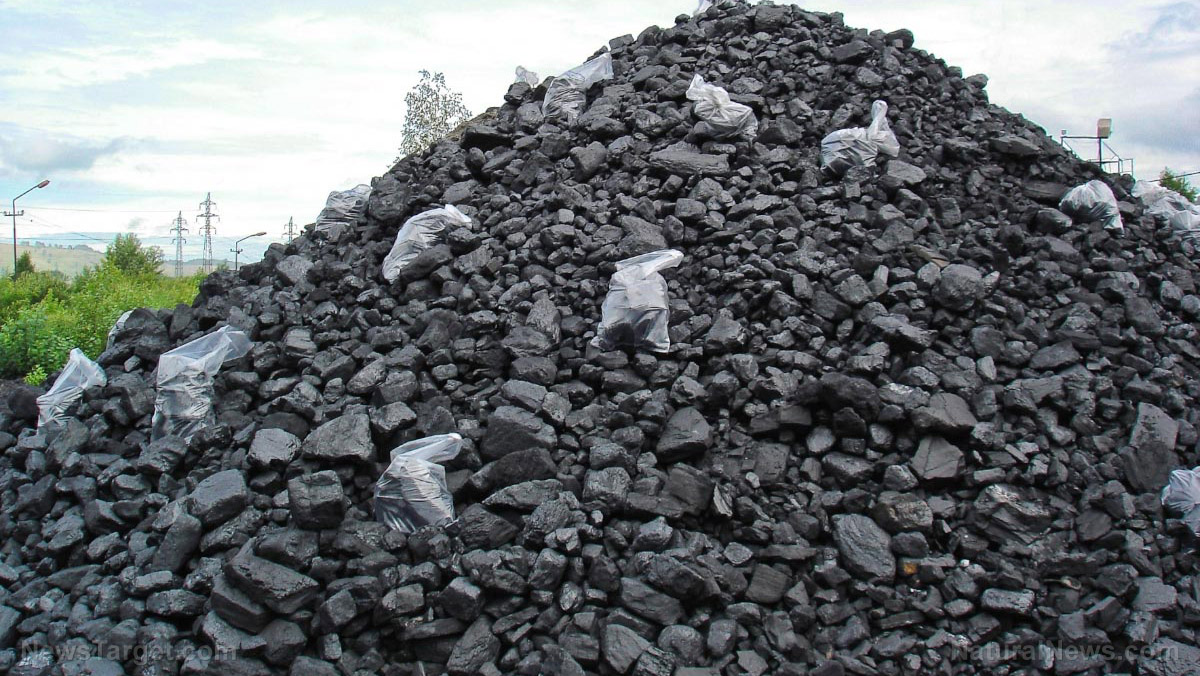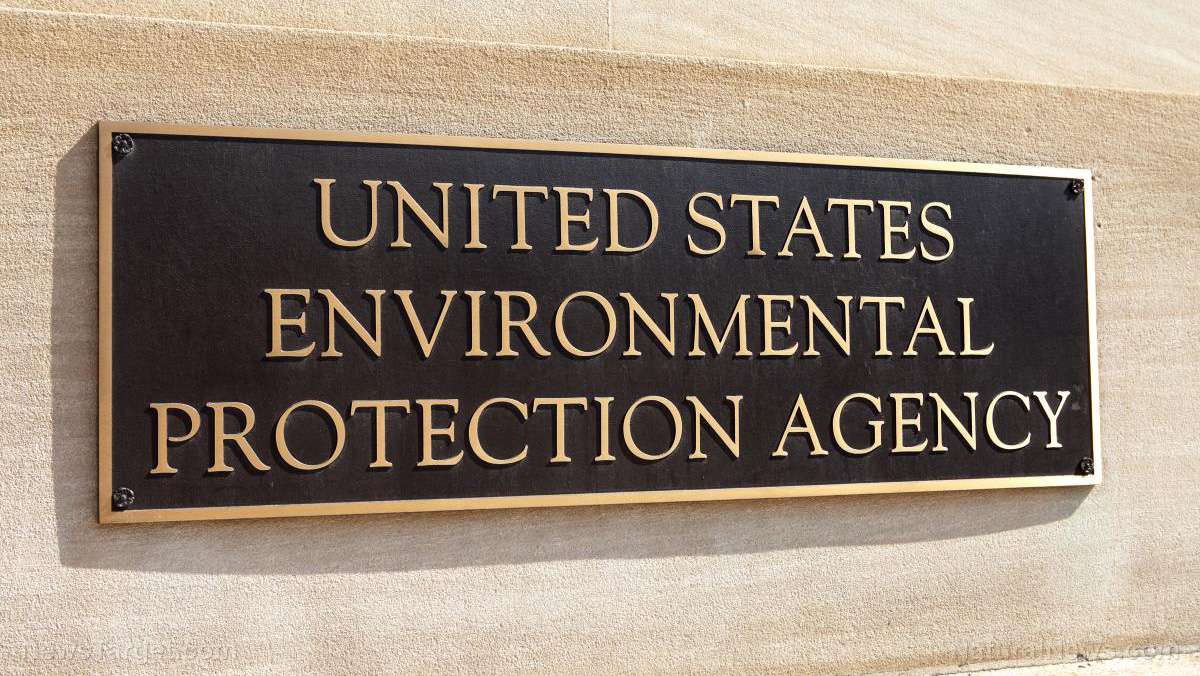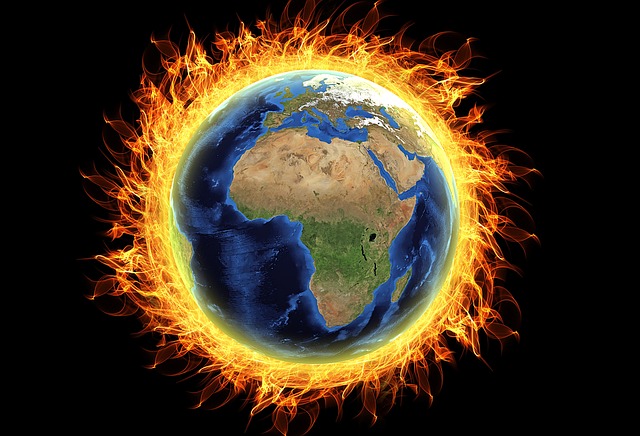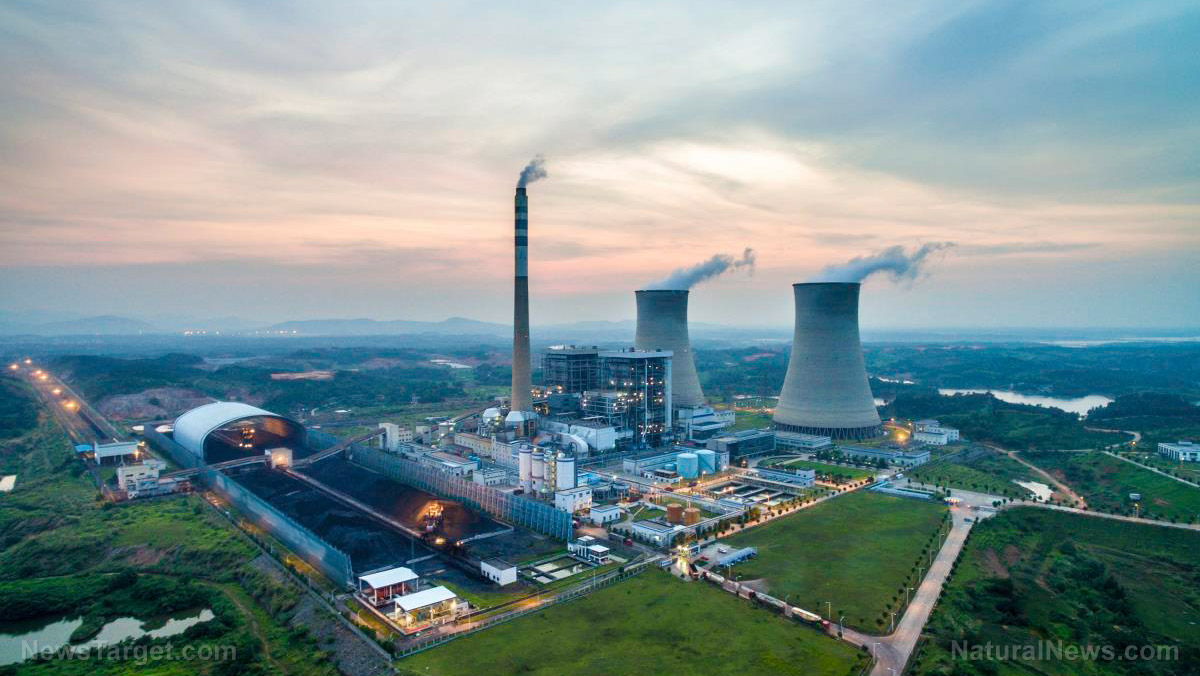The cloud contraction conundrum: Earth’s unsettled science
06/24/2025 / By Willow Tohi

- Study reveals shrinking cloud cover, not CO2 alone, drives 80 percent of recent solar heating.
- Satellite data shows storm-cloud zones have been contracting 1.5 to 3 percent annually since 2000.
- Declines in shipping pollution and natural cycles may contribute, but feedback loops from global warming are feared.
- Climate models understate cloud dynamics, undermining policy decisions.
- Scientists warn current warming projections may be too low, demanding urgent reevaluation.
Scientists have long jousted over the drivers of planetary warming, but a bombshell study published in Science last month has reignited debates over the role of clouds and exposed critical flaws in climate models reliance on carbon dioxide as the dominant factor. The research, led by NASA’s George Tselioudis, reveals that shrinking storm-cloud zones account for 80 percent of increased solar heating since 2000, with profound implications for climate policy. As satellites detect a worldwide contraction of midlatitude and tropical storm-cloud bands, the findings suggest a messy, unpredictable climate system — one where carbon-centric solutions may be dangerously incomplete.
The cloud contraction finding: A new paradigm in solar heating
Observations from NASA’s Terra satellite reveal a radical truth: the Earth’s reflective “sunscreen” is failing. Over the past two decades, storm-cloud zones — critical for reflecting sunlight — have shrunk by 1.5–3 percent per decade. This contraction has allowed 0.37 Watts per square meter of solar radiation to penetrate, driving a startling 60% of the energy imbalance fueling recent warming.
“Nobody can get a number that’s even close [to explaining this deficit] until now,” said Tselioudis, emphasizing that cloud dynamics, often sidelined in climate discourse, are now center stage. The study attributes roughly 80 percent of reduced reflectivity to shrinking cloud coverage rather than changes in cloud properties — such as dirtier, darker droplets — undermining assumptions that pollution reductions alone explain the trend.
Yet the causes remain tangled. While reduced sulfur emissions from shipping (a public health victory) may be brightening skies, natural ocean cycles and jet stream shifts — possibly worsened by warming itself — could also be at play. “It’s a complex soup of processes,” said NASA’s Norman Loeb, whose team corroborated the cloud-albedo findings in August’s Climate Dynamics study.
Climate models under fire: Ignoring Earth’s dynamic clouds
The research delivers a stinging rebuke to climate models, long hailed as policymakers’ guides. Existing simulations poorly capture the role of large-scale atmospheric shifts like narrowing equatorial storm belts or midlatitude cloud zone contractions. As Tselioudis noted, models “didn’t see this coming,” leaving their warming projections — used to justify trillions in carbon mitigation — increasingly dubious.
At the AGU Fall Meeting last week, University of Chicago climate dynamicist Tiffany Shaw confessed, “We don’t know if these cloud trends will continue.” The eastern Pacific, for instance, has paradoxically grown cooler, strengthening regional winds that could slow cloud-shrinkage, while other regions show weakening patterns. “The real world will show us the answer,” she conceded — a tacit admission of models’ limits.
Worse, if warming itself is destabilizing clouds — a “Feedback Loop Dilemma” posited by physicist Helge Goessling — the study implies prevailing warming forecasts are alarmingly conservative. “If the trend holds, we’re in trouble,” warned Max Planck scientist Bjorn Stevens, citing unprecedented feedback potential.
Policy implications: Carbon myopia vs. complexity
The study’s publication coincides with a troubling milestone: 2024 became the hottest year on record, with oceans absorbing unprecedented heat. Yet policymakers continue to pivot on CO2 alone, even as Tselioudis’ work highlights the far greater impact of shrinking cloud cover.
“This underscores how narrow our climate strategies are,” said former EPA scientist Judith Curry. “We’re treating warming like a single-variable equation when the real world is infinitesimally more complicated.”
Critics argue that funneling trillions toward carbon taxes or wind farms ignores this complexity—and risks diverting funds from adaptive measures like seawalls or drought-resistant crops. “You can’t regulate cloud feedbacks,” noted climatologist John Christy. “We need humility, not hubris.”
The cloud over climate science
As debates over the 2023 UN Climate Conference in New York continue, the new findings force uncomfortable questions. Could 50 years of climate science have misdiagnosed planetary heat-regulation? Has the fixation on CO2 blinded researchers to atmospheric processes that are “literally determinative of future warming,” as Goessling warned?
For now, the message is clear: Our skies remain unpredictable, our models faltering. As clouds shrink and scientific consensus cracks, one truth emerges: The climate future is stranger — and more uncertain — than we imagined.
Sources for this article include:
Submit a correction >>
Tagged Under:
carbon dioxide, Censored Science, Climate, climate models, climate science, cloud contraction, cloud cover, Ecology, environment, Fact Check, global warming, jet stream, NASA, real investigations, research, solar heating, truth, unsettled science
This article may contain statements that reflect the opinion of the author




















